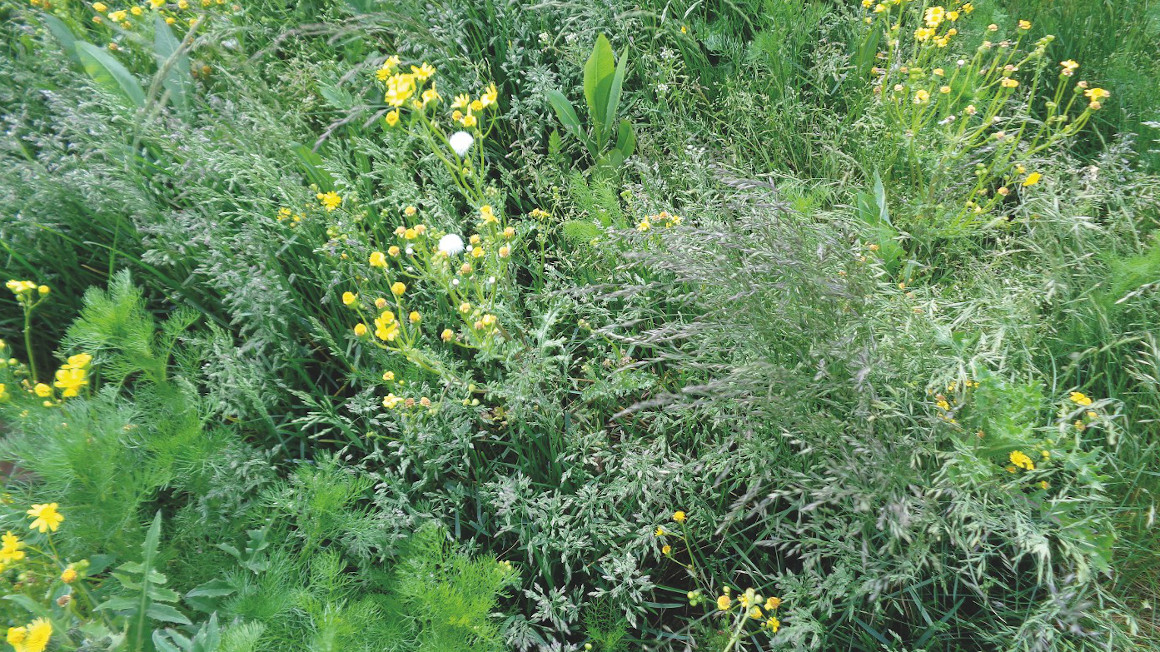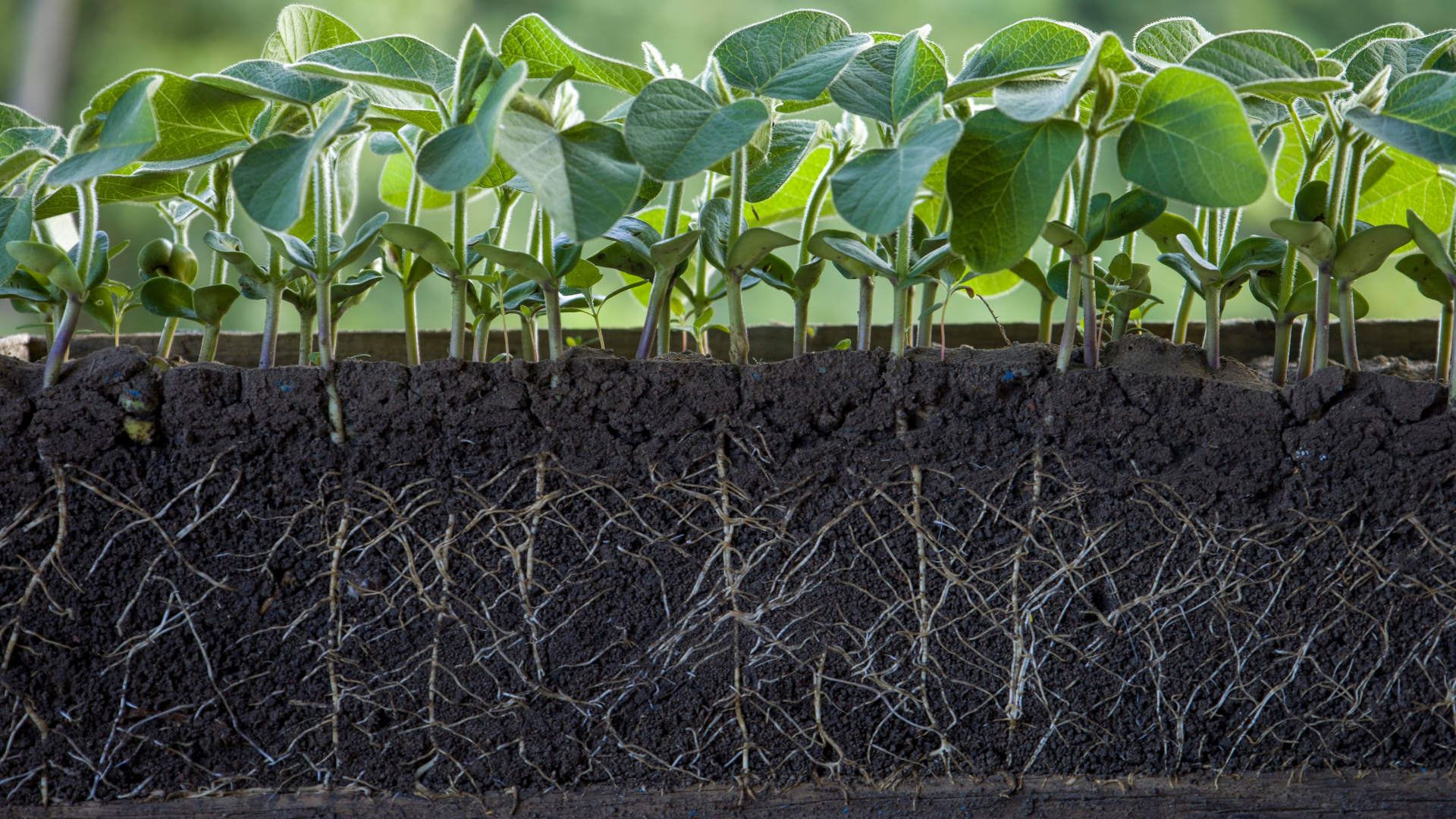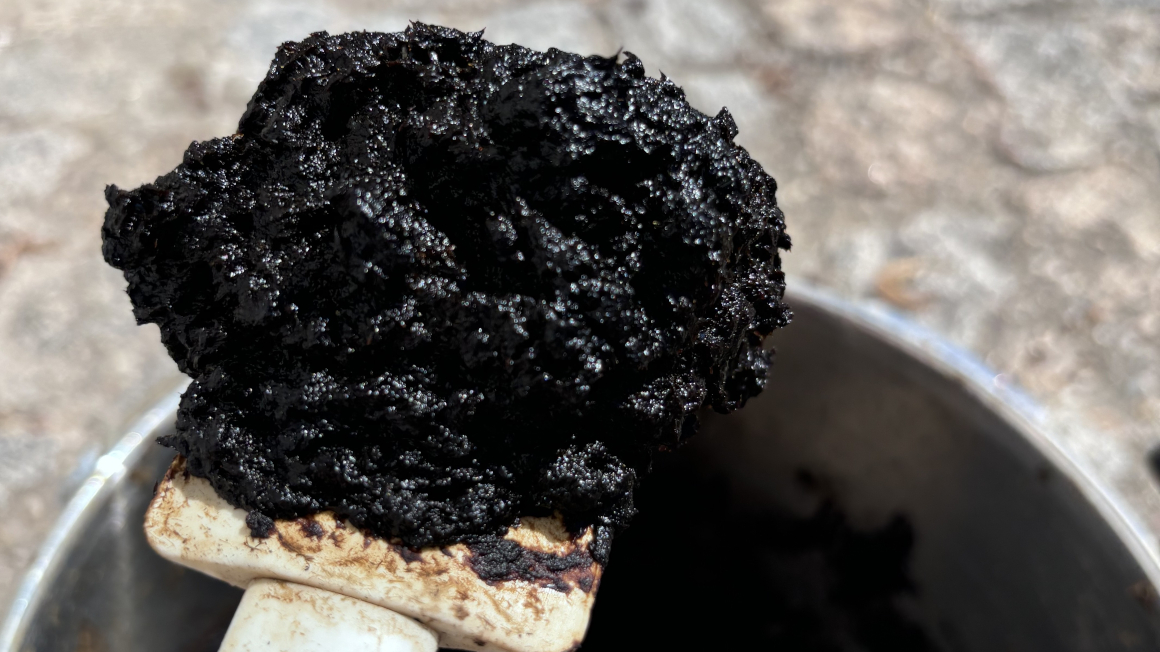Reanimate soils with mushrooms
Researchers have succeeded in using a mix of sewage sludge compost and fungal substrate to make fallow land at a landfill bloom again.

Former dumps from landfills or mining operations often resemble moonscapes and revitalization of such areas can take nature decades. A research team has now shown that it can be done more quickly: Using biogenic residues, the Fraunhofer Institute for Ceramic Technologies and Systems (IKTS) and its partners have brought a landfill site in the Leipzig area back to life within a short period of time. The project involved landfill operators, sewage sludge recyclers, special machinery manufacturers and agricultural experts.
Mix of mushroom substrate and sewage sludge compost
"We are glad that we were able to green parts of the landfill so quickly with the new recultivation technologies and that it blends in beautifully with the landscape," emphasizes landfill operator Bernd Beyer. The revitalization of the desolate soil was carried out with the help of substrate waste from mushroom production and sewage sludge compost.
The mushroom substrate comes from mushroom cultivation. After harvesting, it is usually used as fertilizer, for example in vegetable cultivation. However, the substrate has to be sterilized for this, which is very energy-intensive. According to the researchers, sterilization alone accounts for around 30% of the total energy required for mushroom production. With the new recultivation method, the mushroom residues can be used untreated. Experiments have shown that unsterilized mushroom substrates are even more suitable for reviving biologically inactive soils. At the same time, the new technology offers mushroom growers the opportunity to significantly reduce their energy consumption. The sewage sludge compost, in turn, comes from municipal wastewater treatment plants. It contains many microorganisms that revitalize inactive soil. In elaborate trials, the researchers found the perfect mix of mushroom substrate and sewage sludge compost.
Green and sustainable
The recipe remains secret, but the results speak for themselves: after just a short time, 80% of the grasses, flowers and perennials were growing again on the 600-square-meter trial area of the landfill, and animals had also reestablished themselves. The fact that the renaturalized landscape is still green even after two heat summers in a row is proof for the researchers that their new recultivation method is also sustainable.
Recultivation of mining dumps and open pits
The once barren dump has not only blossomed, however, but has restabilized the entire ecological and geological balance on site, because the plant roots stabilize the soil and thus protect it from erosion. Rainwater also seeps back into the soil instead of flowing away on dry, hard ground or causing washouts. In addition, this has greatly weakened the so-called phosphorite nodule effect, which affects soil pH. "What we have developed in the course of our project is like a wound closure for the injuries that humans have left in the landscape," says Nico Domurath, a plant cultivation scientist at IKTS. In a follow-up project, the IKTS researchers now want to test the new recultivation technique on old mining dumps in the Freiberg area.
bb


